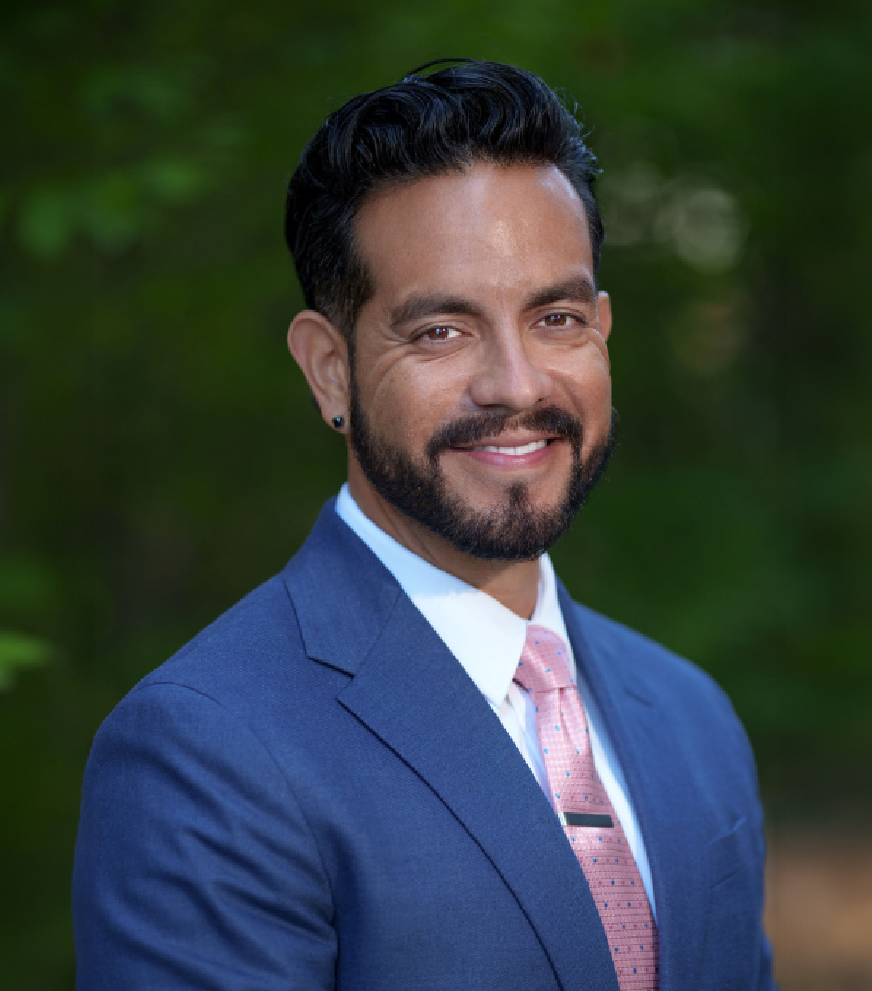
Is Our Work in Educational Assessment and Accountability Helping to Improve Student Learning and the Student Experience?
Applying Maslow’s Hierarchy of Needs to Work Through Career-Life Crises and Better Understand What Actions Support Student Outcomes
As 2019 drew to a close I had the chance to reflect on the conversations I’ve had with many of my colleagues throughout the year, and one topic of conversation that sticks out to me is frustration about the minimal value-add of work focused on large scale assessment and state-level accountability systems to the student experience.
Developing a Better Understanding the Role of Assessment and Accountability in Improving Student Outcomes
I initially attributed this angst to a series of mid-life or three-quarter life crises, but the consistency of those conversations and the alignment to my own concerns about the value-add that we provide in a larger educational system make this feel real. I tucked away those value-add concerns in the back of my mind.
Fast forward a few weeks to my son and I doing our nightly reading. We dove into a book called, “Would you Rather?” It’s a collection of lose-lose scenarios that are usually gross or kind of randomly dicey. For example, would you rather have 10-inch eyelashes that couldn’t be trimmed and stuck straight out or would you rather have a unibrow that circled your head? Neither seemed appealing (for the record, I picked the unibrow –I’m assuming that unlike the eyelashes it’s trimmable). The whole scenario, however, got me thinking about examples of no-win scenarios or equally bad options and from where they might originate.
Many of the scenarios in this book are generally harmless, but I believe they are rooted in risks around physical needs, safety, self-esteem, or a desire for belonging (or at least avoiding scenarios that would risk meeting those needs). If those sound familiar, you probably have taken an introductory psychology class and remember Maslow’s Hierarchy of Needs. A common depiction looks something like this.

As I thought about my eyebrows and eyelashes and how this question fits into Maslow’s Hierarchy, it occurred to me that we could easily use this well-known theory and apply it to the weedy world of educational assessment and accountability – and our role within the larger educational system.
Consider the mission of the Center: to improve assessment and accountability practices in order to improve student outcomes.
If you recall my recent CenterLine post on linking theories of action to logic models, you might immediately jump on the fact that there are a ton of logical leaps to get from improving assessment and accountability to improved student outcomes (kind of like the idea that you can’t fatten the cow by weighing – or in this case assessing – it, only by feeding it).
Begin With the End in Mind
I propose applying a hierarchical framework like Maslow’s to the larger educational system to determine exactly what undergirds improvements in student outcomes (not just student test performance—that’s a narrow view). Let’s imagine that positive changes in student knowledge, skills, abilities, and general behavior are the longer-term outcomes at the top of our hierarchy. I will also argue that this change is at the end of the logical chain of what educators, system designers, policy developers, and the community expect. So how do we tease out what is the foundation of those beneficial changes for students?
This question is where we must explicate a very clear logic chain that works backward to the start:

*I acknowledge that my draft hierarchy is woefully incomplete without layers describing the federal and state structures that have direct and indirect impact on school operations and supports to improve teaching and learning. However, the purpose of this post is to highlight the challenges associated with affecting student outcomes in light of the number of links in the chain in the sub-system of a school.
We’re often asking ourselves why we don’t see improvement in student outcomes at the top of the hierarchy where our educational assessments and accountability systems reside. But how systemically and systematically are we really looking at these other layers in conjunction with our own areas of influence or interest?
Better Understanding Our Role in Improving Student Outcomes
I’m a firm believer that people make their way into education – whatever the level – to do good work that benefits people throughout the educational pipeline. However, particularly as we become specialists in areas like large-scale assessment and accountability, much of our work is restricted to only affecting one or two layers of that pyramid (and I’ve left out a lot of layers) that are not integrated with the layers above and below. Many of my colleagues are only focused – as a function of interest, training, and expertise – on the tools that measure student outcomes at the top layer of the pyramid (or progress in those outcomes over time). We focus on these measures because they represent a piece of the puzzle that can help us understand progress toward fulfilling each layer of the educational pyramid, but they are only a small piece of the puzzle. There are equally expert and well-intentioned people throughout the system who focus on each layer of the pyramid with the intent of both quantifying, evaluating, and corroborating progress to ensure systems can sufficiently address the needs for that layer.
That synopsis brings me back to all of the conversations with my colleagues and the value we add to improving student outcomes. I often reiterate the need for all of us to continue fighting the good fight, because we all play a role. Perhaps our next steps need to be:
- Being more intentional about understanding the layers we have less access to and those who have a direct impact on each of the layers on our way up the pyramid, and
- Determining how the information that we provide through educational assessment and particularly accountability systems can better support their work.
After all, you can’t work your way up the pyramid if any one foundational layer is missing or broken. Maslow was on to something (obviously).
